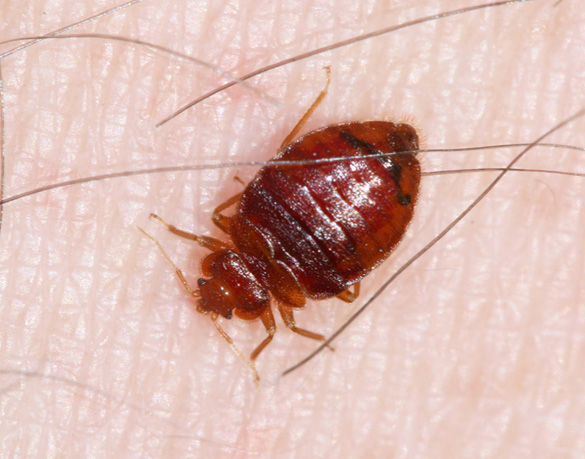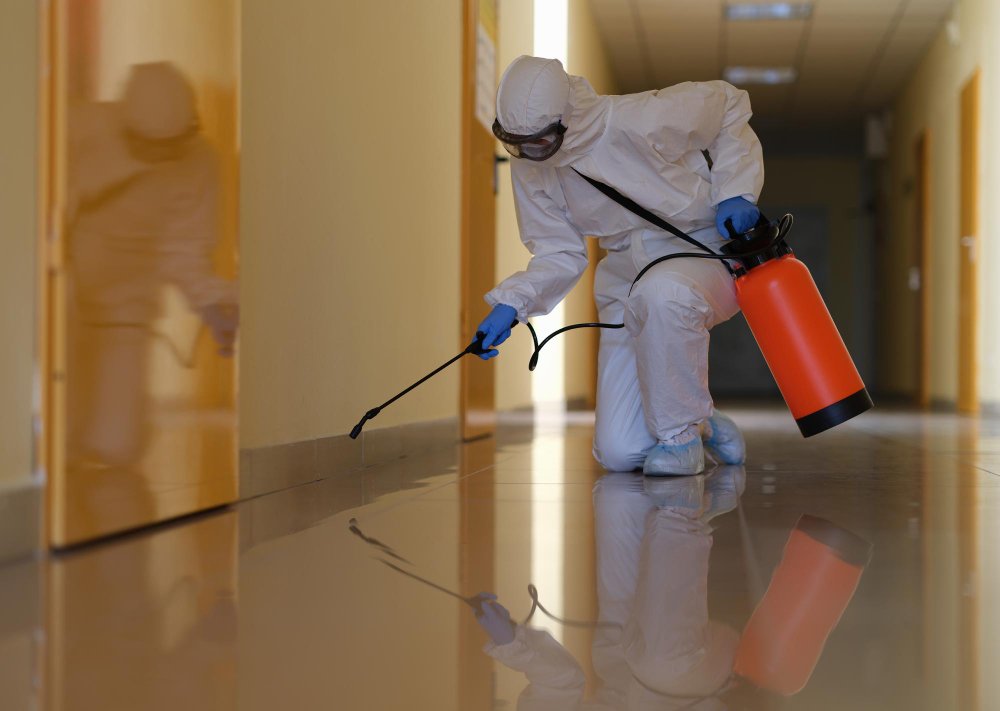How to Recognize Bed Bug Bites and Treat Them Quickly
How to Recognize Bed Bug Bites and Treat Them Quickly
Blog Article
Discover the Different Types of Insect and Their Therapy Options for Effective Management
The monitoring of pests in both household and agricultural settings requires an extensive understanding of the different types that can invade these settings, in addition to the therapy alternatives readily available for efficient control. From household rodents that present health risks to garden bugs that intimidate crop returns, each category demands a customized approach. Recognizing the nuances of insect habits and the corresponding treatments is important; however, the concern continues to be: what are the most effective approaches that not only attend to existing problems but also protect against future events?

Typical Home Vermin
Although household bugs can vary substantially in kind and behavior, many share common characteristics that make them a problem. Typical home pests consist of rats such as computer mice and rats, insects like roaches and ants, and periodic invaders such as crawlers and flies. These pests frequently prosper in atmospheres that give easy accessibility to water, food, and sanctuary, making homes specifically at risk.
Rats, for circumstances, are infamous for causing structural damages and spreading illness. Insects like cockroaches are not just troubling but can likewise set off allergies and asthma in sensitive people.
Reliable insect monitoring starts with prevention, which includes sealing entrance factors, preserving cleanliness, and making use of ideal storage space approaches for food. Comprehending the behaviors and characteristics of these usual house insects is essential for effective monitoring and keeping a healthy and balanced living setting.
Yard Parasites and Their Impact
Yard parasites present a significant threat to the health and wellness and performance of plants, with some price quotes suggesting that they can create approximately 40% of plant losses in certain regions. These pests, that include pests such as beetles, caterpillars, and aphids, in addition to nematodes, can cause extreme damage by feeding on plant tissues, causing stunted development, lowered returns, and compromised top quality.
The influence of yard insects prolongs past plain aesthetic concerns; they can interrupt environments by altering food cycle, impacting pollinators, and spreading out diseases amongst plants. For instance, bugs like the spider mite can damage plants, making them much more vulnerable to fungal infections. Invasive varieties might outcompete native flora, leading to biodiversity loss.
Integrated Parasite Administration (IPM) methods, which incorporate organic control, cultural methods, and targeted chemical applications, can supply lasting services. By recognizing the details bugs and their habits, gardeners can apply targeted treatments that not just safeguard their plants yet also advertise a healthier garden ecosystem.
Rodents: Recognition and Threats
Rodents are usual yard pests that can pose significant risks to plant health and wellness and total environment stability. These tiny mammals, consisting of species such as rats, mice, their website and voles, are commonly identified by their sharp incisor teeth and robust bodies. Their hair pigmentation differs commonly, ranging from grey to brownish, and they generally exhibit a lengthy tail which aids in equilibrium and dexterity.
The dangers connected with rodent infestations are multifaceted. Rodents are well-known for their role as vectors of different conditions, including hantavirus and leptospirosis, which can be sent to pets and humans.
Furthermore, rats can disrupt the all-natural equilibrium of neighborhood ecosystems by competing with indigenous wildlife for resources. Their tunneling routines can lead to dirt erosion and destabilization of plant origins. Early recognition and understanding of rodent behaviors and risks are essential for efficient insect management.
Efficient Treatment Methods
When taking care of rodent invasions, employing effective treatment methods is crucial for reducing damage and wellness threats. A multi-faceted strategy frequently produces the very best results. Firstly, traps are a crucial part of rodent control. Break catches and digital catches provide a gentle and fast method to get rid of rodents, while adhesive catches can assist check task degrees.
Second of all, lure terminals including rodenticides can be purposefully put in locations of high rodent task. These stations should be tamper-resistant to ensure the security of non-target pets and kids. It is important to select the suitable bait type, as rodents can develop lure hostility otherwise transformed periodically.
Along with catches and bait, securing entrance factors can considerably lower the possibilities of re-infestation. This entails inspecting and repairing gaps in windows, doors, and walls.
Lastly, professional insect control solutions can be helpful for considerable invasions. They possess the imp source experience, tools, and items essential for effective eradication and can create a tailored monitoring strategy. By applying these therapy techniques, homeowner can properly address rodent issues and secure their health and home.
Preventative Steps and Tips

Preserving cleanliness is similarly critical; guarantee that food is stored in impermeable containers and immediately tidy up spills or crumbs. Regularly disposing of rubbish and making certain that compost piles are managed correctly can hinder parasites from being drawn in to your home.
Additionally, take into consideration landscape design practices that dissuade rodent habitation. Trim plant life and maintain mulch far from the foundation of your home, as these can provide concealing places for parasites.
Verdict
Efficient insect management necessitates a thorough understanding of different bug types and their specific treatment options. Inevitably, a positive mice exterminator stance on bug management cultivates a healthier setting, safeguarding both domestic and agricultural rooms from pest-related obstacles.
Typical family parasites include rodents such as mice and rats, pests like cockroaches and ants, and periodic invaders such as spiders and flies.Rats are usual yard parasites that can posture substantial risks to plant health and total ecosystem security. Very early recognition and understanding of rodent actions and risks are important for reliable parasite administration.
Effective parasite management begins long before an infestation happens, with aggressive actions that can considerably minimize the chance of rodent entrance and habitation.Efficient parasite administration demands a thorough understanding of numerous insect types and their details therapy options.
Report this page